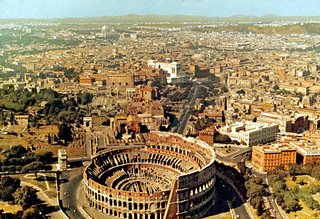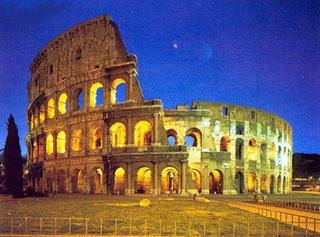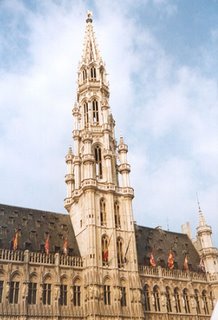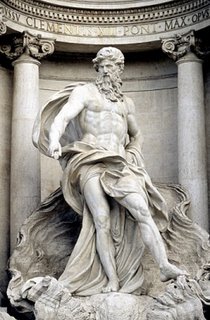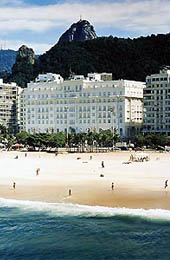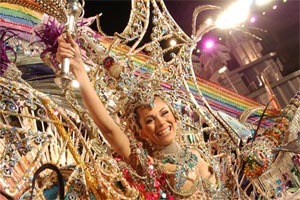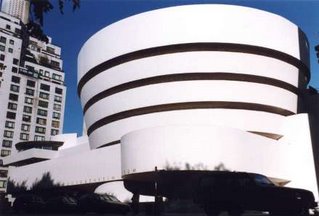
The Guggenheim, is one of the best known museums in all of New York. Founded in 1937 as “The Museum of Non-Objective Painting”, the Guggenheim was created to showcase artwork that was classified as avant-garde. In 1959, it was moved to its present location and the corner of 89th Street and Fifth Avenue, across from the infamous Central Park.
 The museum is a piece of artwork in itself, as it was Frank Lloyd Wright’s final major project. The trend-setting architect designed the building to look like a piece of white ribbon curling into a cylindrical stack. In comparison to the uniformly boxy buildings of Manhattan, Wright’s design is an attention grabber to say the least. The building has been criticized by many that feel the design overshadows the artwork displayed within. Much of the artwork has to be lit by artificial light, as the niches are shadowed by the stacked walkways. Hanging artwork becomes difficult also, as the walls aren’t vertical or flat, rather concave, and due to limited spaces in the niches, sculptures are usually displayed in the spiral walkway itself.
The museum is a piece of artwork in itself, as it was Frank Lloyd Wright’s final major project. The trend-setting architect designed the building to look like a piece of white ribbon curling into a cylindrical stack. In comparison to the uniformly boxy buildings of Manhattan, Wright’s design is an attention grabber to say the least. The building has been criticized by many that feel the design overshadows the artwork displayed within. Much of the artwork has to be lit by artificial light, as the niches are shadowed by the stacked walkways. Hanging artwork becomes difficult also, as the walls aren’t vertical or flat, rather concave, and due to limited spaces in the niches, sculptures are usually displayed in the spiral walkway itself.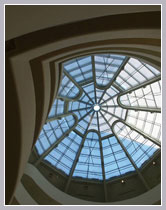
The Guggenheim foundation decided to supplement the original building with a rectangular tower in 1992, in order to be able to host more artwork. Designed by Gwathmey Siegel and Associates, this addition dealt with its fair share of controversy, as many felt the iconic building should not be messed with. The Guggenheim remains a landmark of the Upper East Side in New York City and is a must-see for anyone traveling through. The Guggenheim Museum, among other museums is covered in the Fifth Avenue and Central Park audio tour which is available at Tourcaster. Download this tour to your iPod or mp3 player, and walk the Guggenheim and most of Fifth Avenue, at your own pace.
Labels: avant-garde, Frank Lloyd Wright, iPod, Manhattan, New York, NYC, The Guggenheim
